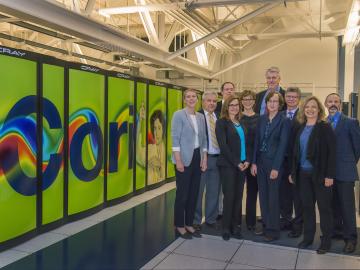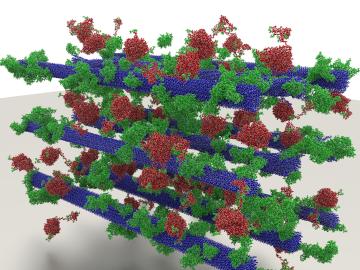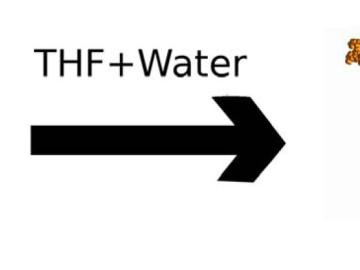Filter News
Area of Research
Media Contacts

The Department of Energy’s Oak Ridge National Laboratory will support four new industry projects announced today as part of DOE’s High Performance Computing for Manufacturing (HPC4Mfg) Program. The program pairs selected companies with national labs, including ORNL...

Ask a biofuel researcher to name the single greatest technical barrier to cost-effective ethanol, and you’re likely to receive a one-word response: lignin.
Cellulosic ethanol—fuel derived from woody plants and waste biomass—has the potential to become an affordable, renew...

When the Ford Motor Company’s first automobile, the Model T, debuted in 1908, it ran on a corn-derived biofuel called ethanol, a substance Henry Ford dubbed “the fuel of the future.”

Since lasers were first produced in the early 1960s, researchers have worked to apply laser technology from welding metal to surgeries, with laser technology advancing quickly through the last 50 years. Surgery, chemotherapy, and radiation therapy all play important roles...




